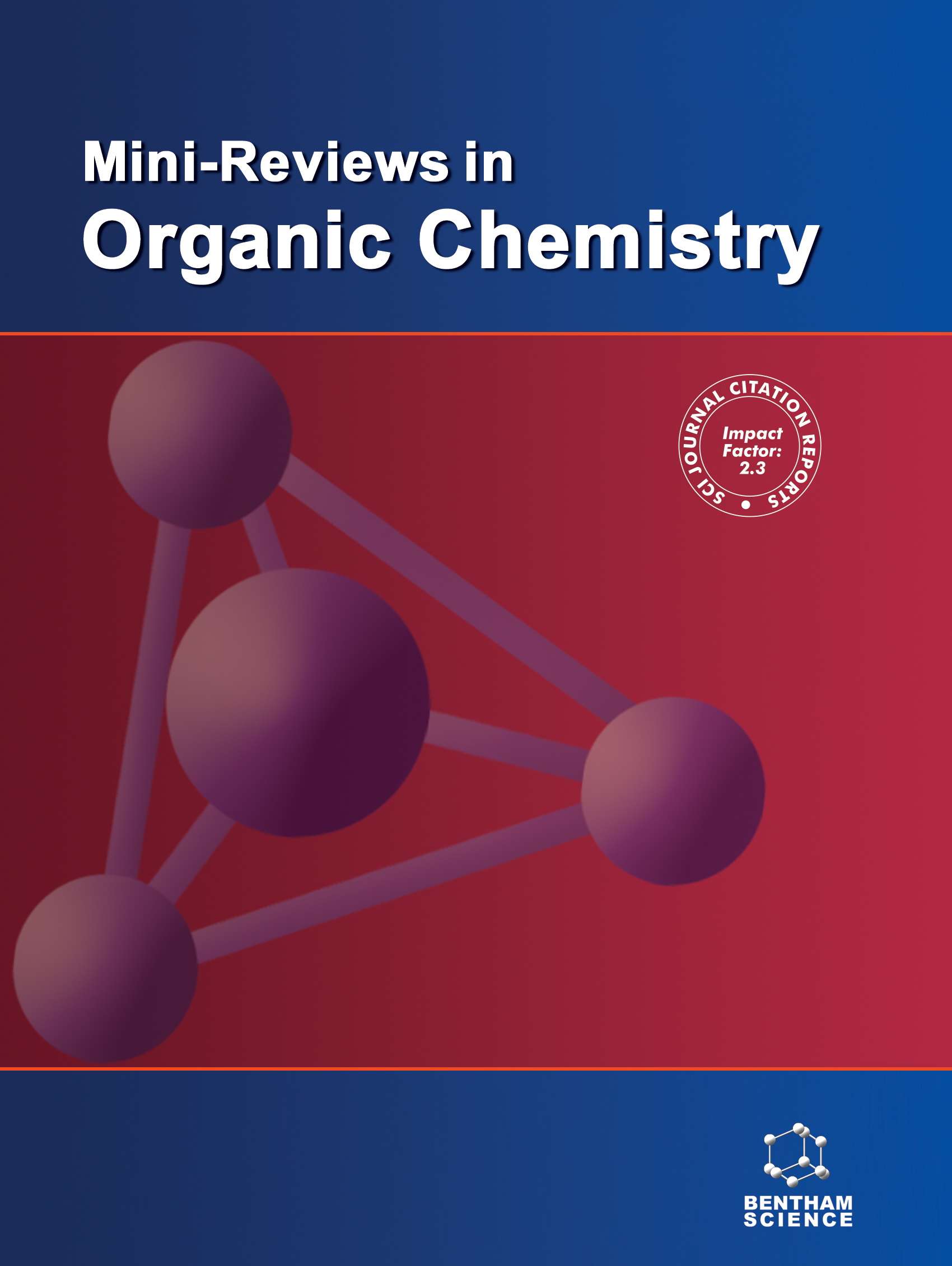
Full text loading...
Imidazole, a versatile heterocyclic compound first discovered in 1858, has garnered significant attention for its wide range of pharmacological properties. The synthesis of imidazole derivatives has evolved through various innovative techniques, including condensation reactions, metal-catalyzed methods, and the use of nanoparticles as catalysts. Recent advancements, such as green chemistry approaches and microwave-assisted synthesis, have further highlighted its potential for sustainable and efficient drug development. Imidazole derivatives are known for their diverse therapeutic applications, including anticancer, antimicrobial, and anti-inflammatory activities. This review provides a comprehensive overview of the synthetic strategies for imidazole derivatives, emphasizing their historical significance, eco-friendly synthesis methods, and promising pharmacological properties. By exploring these advancements, we aim to underscore the critical role of imidazole in modern medicinal chemistry and its potential to inspire novel therapeutic solutions.

Article metrics loading...

Full text loading...
References


Data & Media loading...

